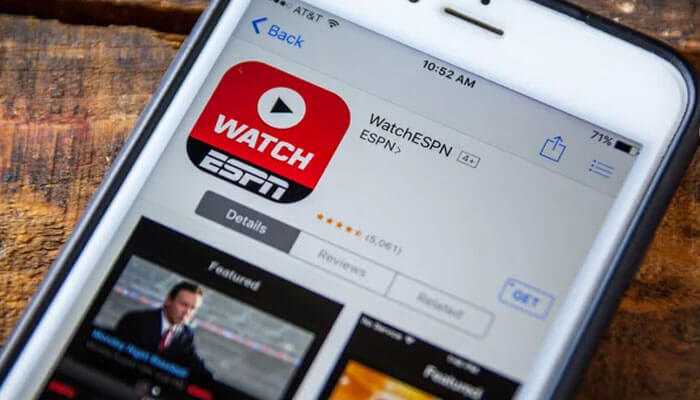Introduction:
In the ever-expanding world of sports, enthusiasts and fans crave comprehensive coverage that crosses borders. ESPN, the world’s largest sports media company, has earned a reputation for providing unequal coverage of events and sports around the world. This article delves into the complicated techniques used by ESPN to provide extensive and dynamic coverage around the world.
Global Correspondents Network:
ESPN has a large network of journalists strategically situated all over the world. These experienced journalists and sports commentators are critical in presenting localized insights and stories to a worldwide audience. Whether it’s a cricket match in India, a soccer match in Europe, or a baseball game in the United States, ESPN’s correspondents are there to deliver real-time updates, insights, and exclusive interviews.
Live Streaming and Broadcasting Services:
ESPN’s ability to broadcast live events across multiple platforms is one of its primary strengths. ESPN assures that fans can watch live sports content no matter where they are, from traditional cable and satellite television to the new realm of digital streaming. ESPN+, the network’s streaming service, has further transformed how consumers consume sports content by providing a massive collection of live events, original programming, and exclusive documentaries.
Collaboration with International Partners:
ESPN works with overseas partners, sports leagues, and organizations to expand its global coverage. ESPN has access to a varied selection of sporting events through smart relationships with numerous businesses, guaranteeing that viewers have a front-row seat to competitions from all around the world. This collaborative approach also allows ESPN to tap from local expertise and insights, resulting in a richer and more nuanced coverage experience.
Commentary and analysis in multiple languages:
Recognizing the variety of its audience, ESPN provides multilingual commentary and analysis. ESPN tailors its coverage to its audience’s linguistic choices, whether it broadcasts in English, Spanish, Portuguese, or another language. This commitment to diversity not only broadens the network’s worldwide reach but also develops a sense of connection among sports fans from many countries and backgrounds. 해외스포츠중계 enables fans around the world to watch live games and sporting events held in other countries.
Reporting and Features in Depth:
ESPN’s coverage goes beyond live broadcasts to include in-depth reporting and feature stories that explore the human aspect of sports. ESPN gives consumers a better knowledge of the athletes, teams, and communities involved in numerous sports throughout the world through documentaries, interviews, and investigative journalism. This storytelling style enriches the coverage and elevates it above a recitation of scores and statistics.
Digital Engagement and Social Media:
ESPN uses social media to increase the reach of its global sports coverage. ESPN connects with fans in real-time on sites such as Twitter, Instagram, and Facebook, delivering highlights, updates, and behind-the-scenes content. This digital presence not only improves the watching experience but also allows fans to connect and interact in a worldwide sports community.
Conclusion:
ESPN’s approach to covering events and sports around the world demonstrates the company’s commitment to being a global sports authority. ESPN ensures that sports aficionados are seamlessly connected to the pulse of the global sports landscape through a huge network of correspondents, live broadcasts, collaborations, multilingual commentary, in-depth reporting, and digital interaction. As technology advances, ESPN remains at the forefront, providing unprecedented coverage that crosses borders and unifies fans in their common passion for the game.




